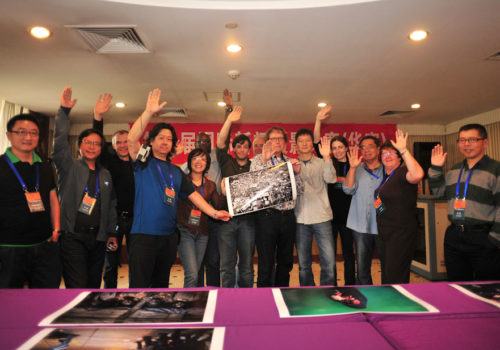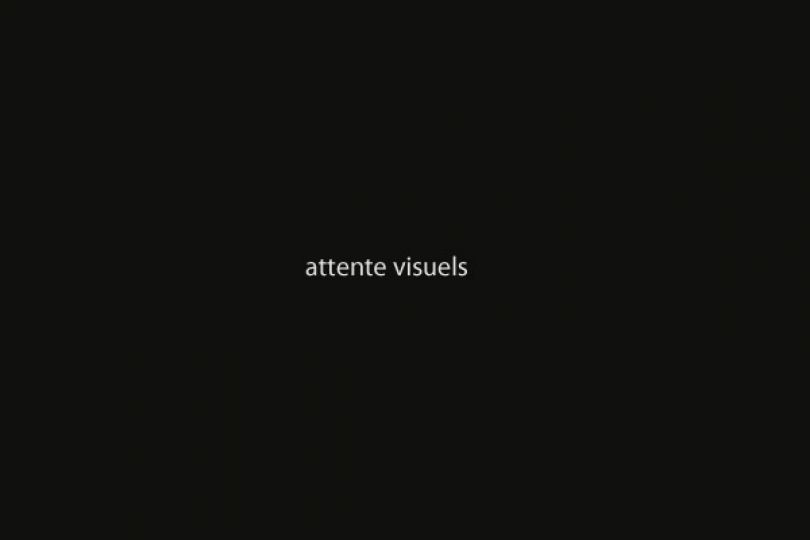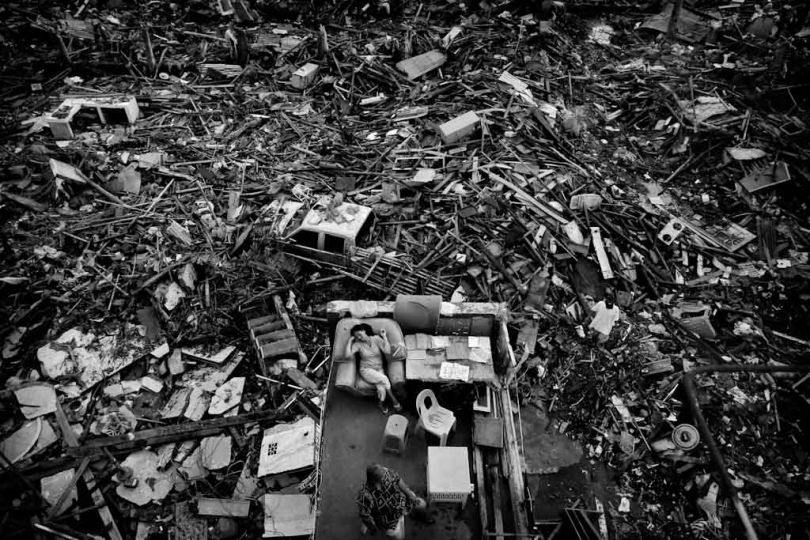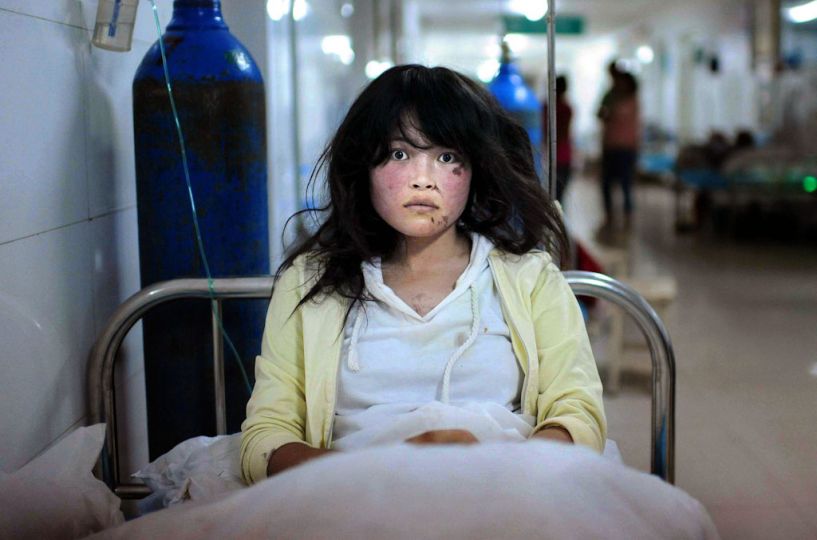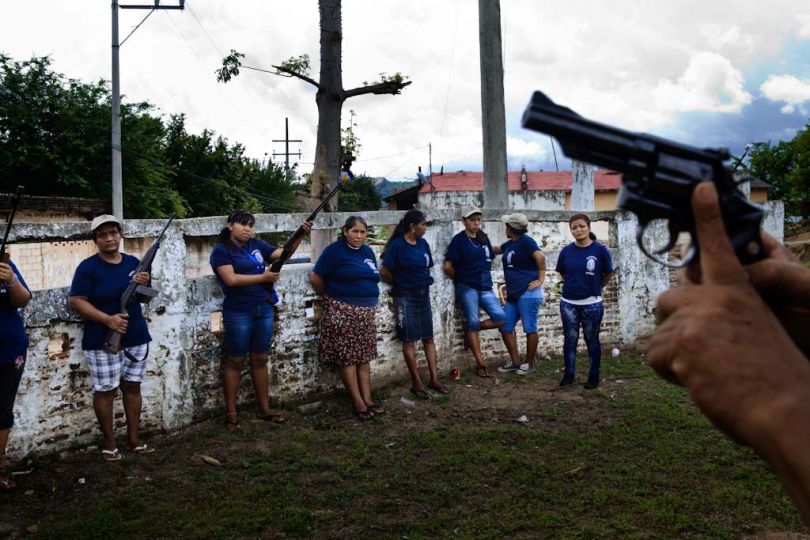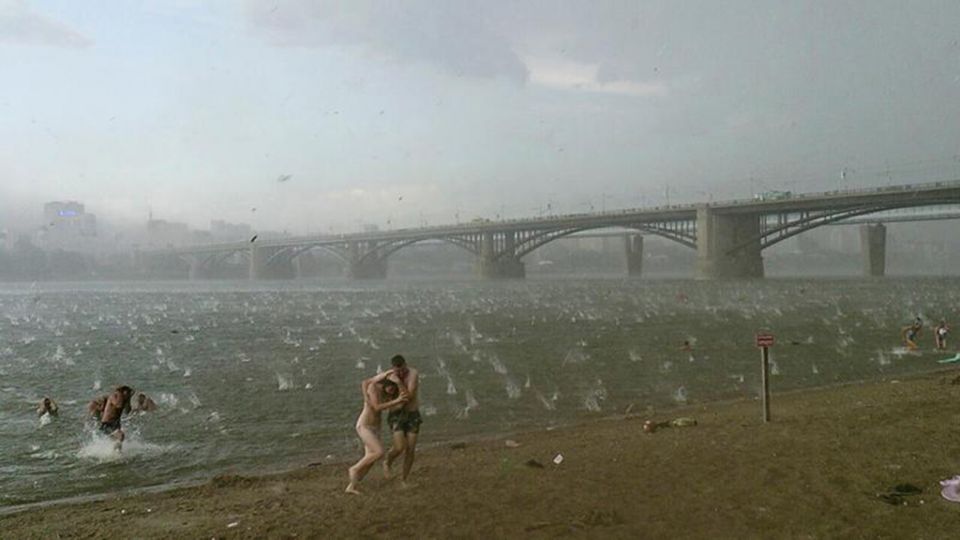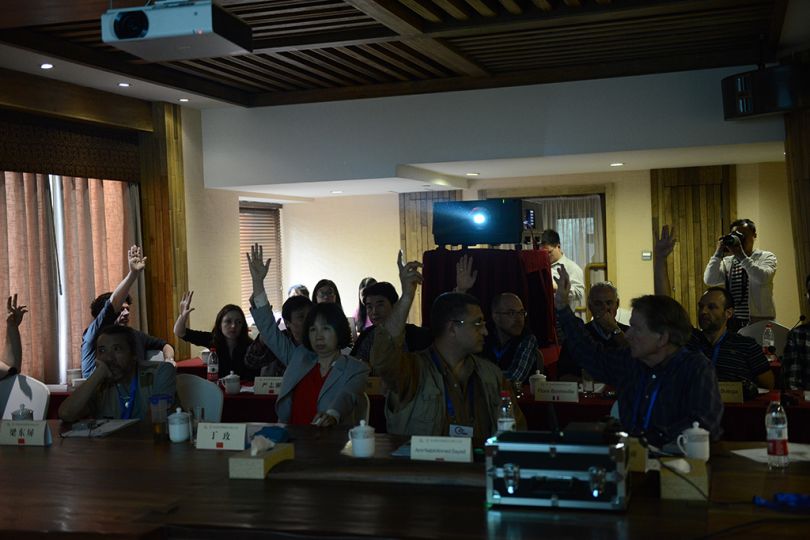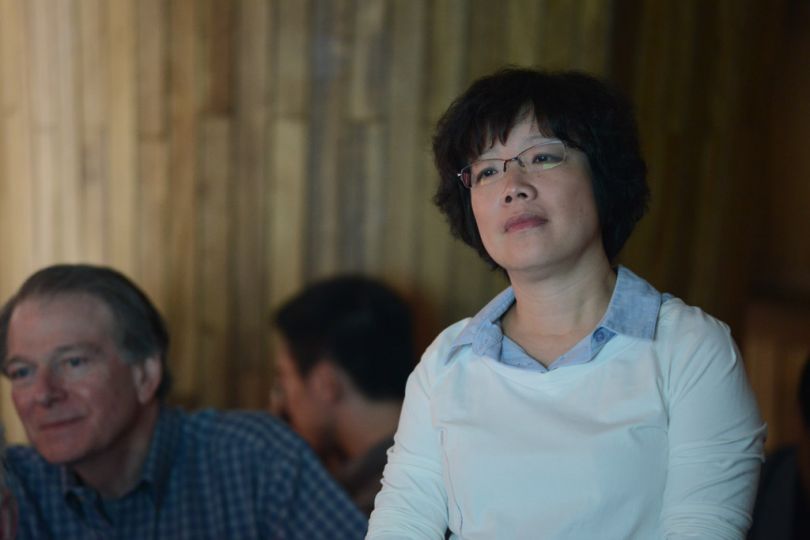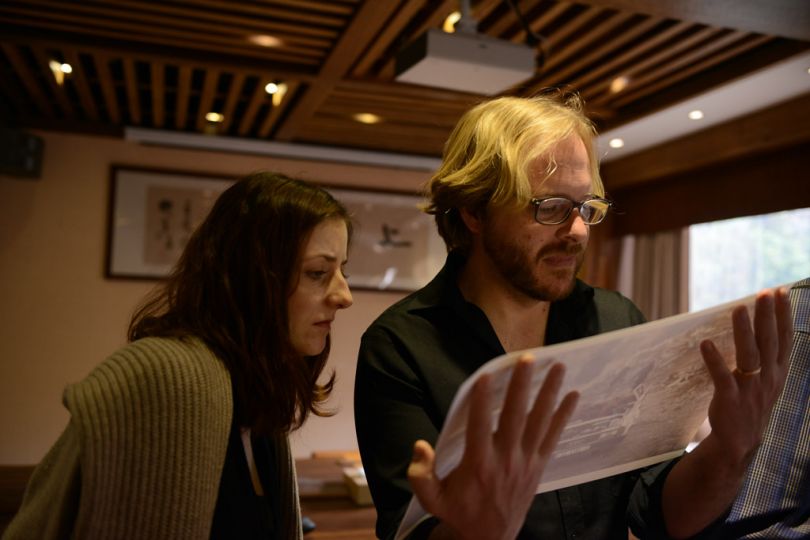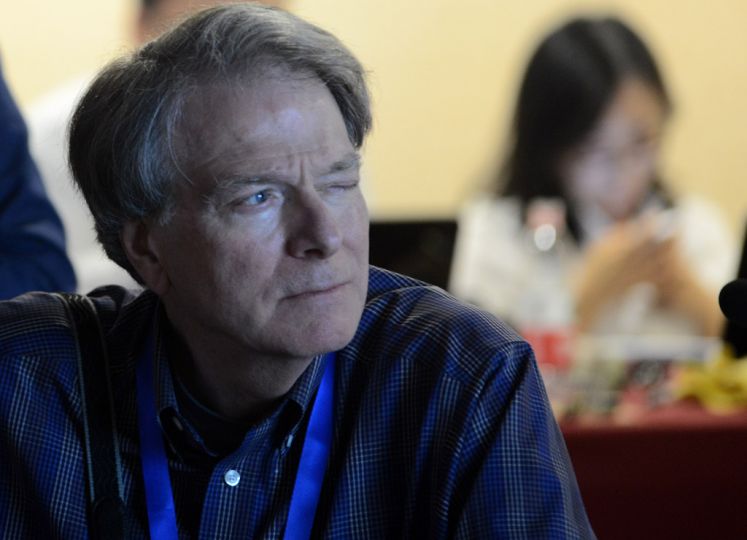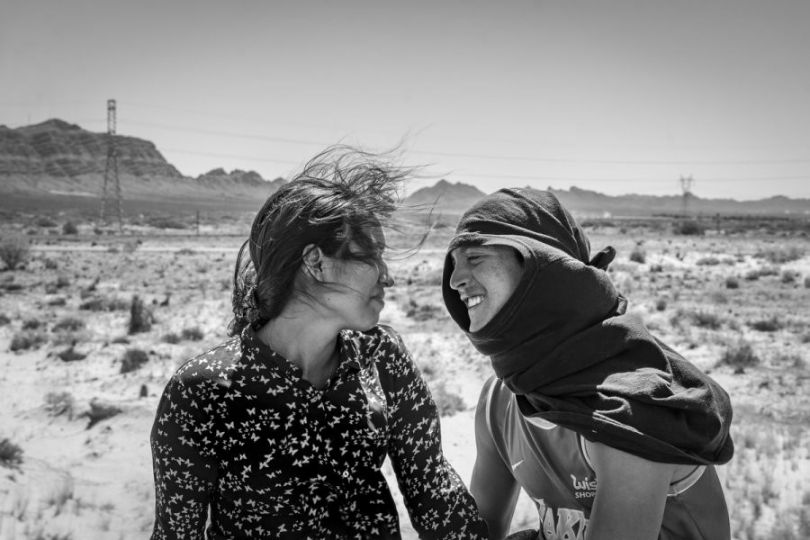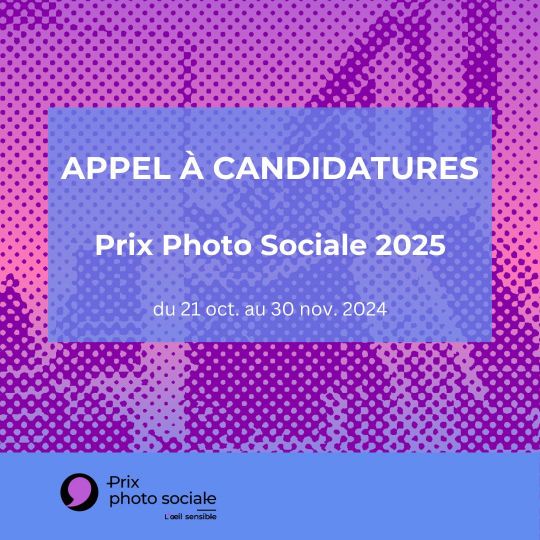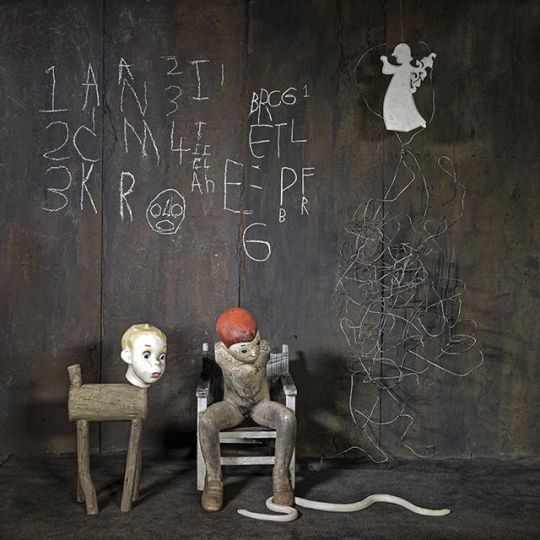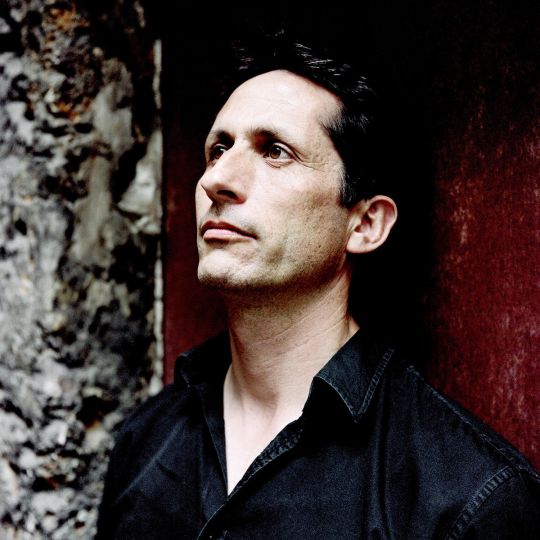Beijing Hosts the 10th China International Press Photo Contest, Rewards Mostly Foreign Photographers
For the past few days, confined in a large hotel in central Beijing on the boulevard that leads to Tiananmen Square, the 13 members of the Chinese International Press Photo Contest jury reviewed 7,000 photographs among the 30,000 submitted by over 3,000 photographers in 63 countries.
The CHIPP is somewhat like a Chinese version of the World Press Photo Award, exposing international photographers to the immense Chinese public while competing for the generous prize of 100,000 yuan ($16,500).
The CHIPP was created 10 years ago by members of the China Photojournalists Society and the Chinese press agency Xinhua. Under the watchful eye of Ms. Huang Wen, known in the world of international photography for her professionalism and knowledge of photography, which has earned her several prizes, this Chinese contest has never been subject to censorship, except for the self-censorship of certain Chinese and foreign photographers who assume that CHIPP would refuse certain subjects. I know well Dutch photographer Vincent Mentzel, who has been a member of the jury twice, and Ms. Huang Wen, you take can my word for it: photographers may submit anything they like—unless, of course, it compromises the security of the communist regime.
This year, the jury was presided over for the first time by Ms. Huang Wen, was comprised of: Whitney Johnson, photo director of The New Yorker; Vincent Menzel, an Amsterdam-based photographer and a former member of World Press Photo; Yuri Kozyrev, who dropped by Beijing between two assignments; Julia Durkin, president of the Auckland Photo Festival; Goh Chai Hin, a Malaysian correspondent for the AFP in China; George Kasakula, editor-in-chief of The Nation (Malawi); Bruno Maestrini, a Brazilian photographer currently working as an assistant in the photo department of China Daily; Jingchun Wong, a member of the 2011 WPP jury; the highly aristocratic Andrew Wong, a former photographer with the UPI, twice a member of the WPP jury and a leader of WPP master classes; He Yong, a seasoned jury member; and myself.
Eight categories allowed candidates to address virtually every subject in both color and black-and-white, which is increasingly popular with juries. That was certainly the case this year: one in four submissions was in black-and-white.
The final selection of the 16 photos competing for the Photo of the Year resulted in two hours of discussions and negotiations. But, curiously, as soon as the photographs were laid out on the table, the jury had made its decision. Eliminated were the photos of a gay activist getting punched, of a young girl on a stretcher after an earthquake, of an Afghan woman barely visible under her burqa and holding her dying child, both victims of a famine which has received little coverage in the press. Gone were the photos of a protester in Rio facing a dozen police officers firing at him amidst a shower of sparks, of a boat of Chinese fishermen floating in a river of dead fish, of a gymnast twirling through a cloud of chalk. No, the black-and-white photo that earned the jury’s unanimous approval was that of a young woman sitting in what was once her living room in the middle of an ocean of debris in the wake of Typhoon Haiyan in the Philippines.

